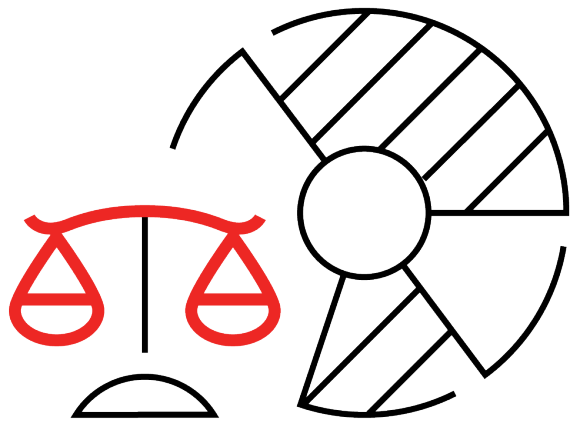Get in balance
After strong performance in recent months, we expect further positive returns for stocks, bonds, and alternatives in 2024. A diversified portfolio is a better place to be than cash or bonds alone, in our view.


Investors are grappling with a complex financial environment. Some worry that the stock market has reached its peak, leading them to hold too much cash. Others may be overly focused on specific sectors, risking too much concentration in their portfolios. Against this backdrop, getting in balance is a key principle. We believe that only by diversifying across asset classes, regions, and sectors can investors effectively manage the tension between navigating short-term market dynamics and growing long-term wealth.
Being invested for the long term
Being invested for the long term
Most investors know that being invested can lead to wealth creation over the long term. Yet history has shown that being invested and hedging risks is by far preferable to selling out or staying uninvested. Data since January 1960 shows that a USD 100 investment in US stocks would have grown to USD 55,093 by February 2024 . Adjusted for inflation, this represents a 52 -fold increase in purchasing power, or an annual real return of 6.3 % since then.
Systematic strategies can help manage risks
Systematic strategies can help manage risks
Managing risk over shorter-term periods can be more challenging, however. For example, after the 1929 crash, it took US stocks 15.5 years to recover. To balance long-term returns and short-term risk management, spreading investments across different countries and asset classes is key. Systematic allocation strategies can provide an additional risk management element, by significantly adjusting the equity allocation in response to changing economic and market trends.
Diversification reduces risks
Diversification reduces risks
The UBS Global Investment Returns Yearbook, which analyzes financial markets going back to 1900, shows that a portfolio diversified across 21 countries would have experienced 40% less volatility than an average single-country investment. Similarly, a portfolio with a 60/40 split between stocks and bonds has historically been less volatile than one composed solely of stocks. Indeed, a 60/40 portfolio has only delivered a negative return over a five-year horizon on 5% of occasions, and never over a 10-year horizon (compared with 12% and 5% of the time for equity-only portfolios).
Diversification helps catch the right stocks
Diversification helps catch the right stocks
It is also important to remember that diversification is as much about not missing the right stocks as it is about avoiding overexposure to the wrong ones. Over the past year, well-diversified investors have almost certainly benefited from the strong rally in AI stocks. Those with home-biased or concentrated portfolios may have missed out. Diversification is the only way investors can make sure they do not miss the right stocks. This is particularly important in an era of change.
As financial markets process major technological developments, a turn in the interest rate cycle, and an election in the US, investors need to stay grounded in long-term principles: developing and implementing a long-term plan; diversifying across asset classes, regions, and securities; and remembering that time in the market-not timing the market-is what ultimately delivers the most powerful results.

